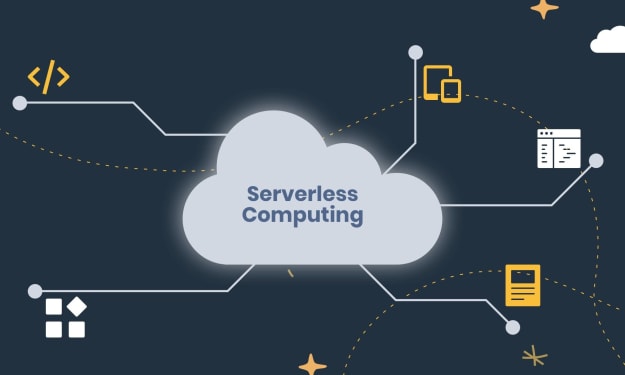What is Data Crawling? A Getting Started Guide
Data crawling is quite famous these days among web developers.

Data crawling is an essential part of the web development process, enabling developers to efficiently gather information from websites. It involves the automated extraction of data from various sources, such as websites, social media platforms, and databases. Web developers use data crawling to collect specific data points, aggregate information, and analyze patterns.
So, what is data crawling?
At its core, data crawling is the process of systematically navigating through websites and extracting relevant data. This process is accomplished by using specialized software tools called web crawlers or spiders. These tools simulate human browsing behavior by accessing websites and following links to other pages. As they traverse through the internet, they collect and store data from each visited page.
Web developers utilize data crawling for a multitude of purposes. For instance, they may employ it to retrieve information from competitor websites, perform market research, track pricing trends, or gather data for business intelligence. Data crawling is also used in the creation of search engine indexes, enabling search engines to provide users with accurate and up-to-date search results.
One of the primary use cases of data crawling is web scraping. Web scraping involves extracting specific data from websites and transforming it into a structured format, such as a spreadsheet or database. This extracted data can then be used for various applications, such as data analysis, machine learning, or building recommendation systems.
Web developers often face challenges when crawling websites, as not all website owners want their data to be extracted. To address this, developers must respect the website's terms of service, robots.txt files, and any other restrictions set by the website owner. It is essential to ensure that the crawling process is done ethically and legally.
Data crawling process
The process of data crawling begins with identifying the target website and determining the data that needs to be extracted. Developers then design and configure the web crawler to suit the specific requirements. The crawler is programmed to navigate through the website's structure, following links, and extracting relevant information.
To optimize the crawling process, developers often employ techniques such as parallel crawling and distributed crawling. These techniques involve using multiple crawlers simultaneously, enabling faster data extraction and reducing the load on individual websites.
Web developers must also handle challenges such as handling dynamic content, CAPTCHA protection, and login-based access. Websites that use JavaScript extensively may require additional techniques to extract data effectively. In such cases, developers resort to headless browsers or dynamic rendering to ensure accurate data extraction.
Data crawling plays a vital role in various industries and fields. For example, in e-commerce, data crawling is used to monitor competitor prices, track product availability, and gather customer reviews. In finance, it is employed to collect stock market data, analyze trends, and generate investment insights. Media companies use data crawling to collect news articles, monitor social media mentions, and analyze sentiment analysis.
Conclusion
In conclusion, data crawling is an indispensable tool for web developers, enabling them to efficiently gather information from websites. It involves the automated extraction of data using web crawlers, which simulate human browsing behavior. Web developers use data crawling for various purposes, including web scraping, market research, and business intelligence. It is crucial to adhere to ethical and legal guidelines while crawling websites. Data crawling is a complex process that requires careful planning, configuration, and optimization to ensure accurate and efficient extraction of data. With the ever-increasing reliance on data-driven decision-making, data crawling has become an integral part of web development and various industries.
About the Creator
Enjoyed the story? Support the Creator.
Subscribe for free to receive all their stories in your feed. You could also pledge your support or give them a one-off tip, letting them know you appreciate their work.






Comments
There are no comments for this story
Be the first to respond and start the conversation.